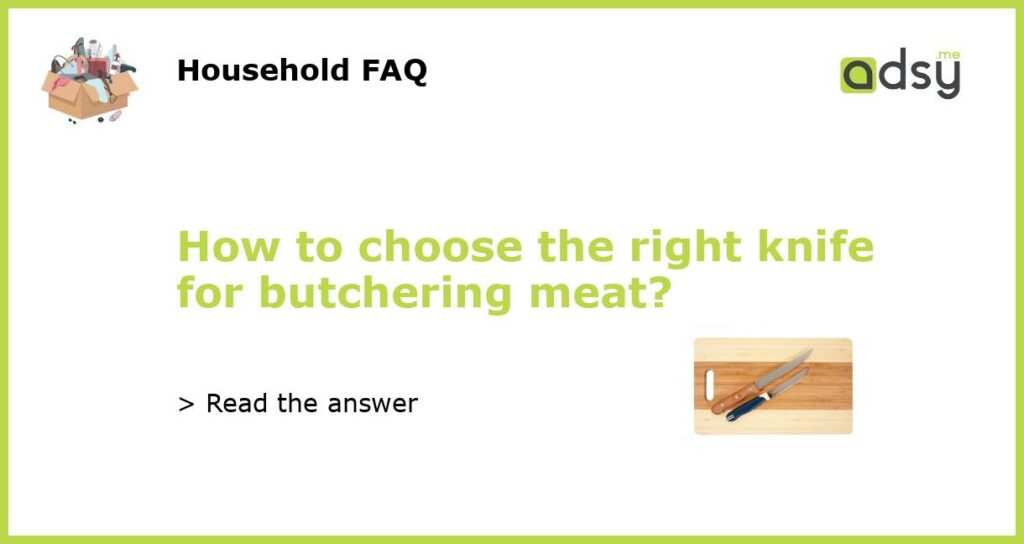What to Consider When Choosing a Butcher Knife
Butchering meat is a skill that requires the right tools, and one of the most important tools a butcher needs is a good knife. Choosing the right knife for butchering meat can make all the difference in terms of efficiency and ease. There are several factors to consider when selecting a butcher knife, including the material, handle, and shape.
Material
The material of a butcher knife plays a crucial role in its performance and durability. The two most common materials for butcher knives are stainless steel and carbon steel. Stainless steel is highly resistant to rust and corrosion, making it a popular choice among butchers. Carbon steel, on the other hand, is known for its exceptional sharpness and edge retention. Some butcher knives combine the benefits of both materials by featuring a stainless steel blade with a carbon steel core.
Handle
The handle of a butcher knife is another important factor to consider. It should be comfortable to hold and provide a secure grip, especially since butchering meat can be a messy and slippery task. The handle material can vary from wood to synthetic materials like plastic or rubber. Wood handles are classic and offer a traditional feel, while synthetic handles are often more ergonomic and easy to clean. Ultimately, the choice of handle material comes down to personal preference.
Shape
The shape of a butcher knife determines its cutting capabilities and suitability for different tasks. There are three main shapes to consider: the cleaver, the boning knife, and the slicing knife. The cleaver has a wide and heavy blade that is ideal for chopping and breaking bones. The boning knife has a long and narrow blade that is perfect for separating meat from bones. The slicing knife, also known as a carving knife, has a long and thin blade that is designed for effortless slicing and carving. Consider which tasks you will be performing most frequently and choose a knife shape accordingly.
Size
The size of the knife is another important consideration. Butcher knives come in various lengths, typically ranging from 6 to 12 inches. The right size depends on personal preference and the size of the cuts you will be working with. A longer knife can be beneficial for larger cuts of meat, as it allows for longer strokes and more control. However, a shorter knife may be easier to maneuver and better suited for smaller cuts.
Maintenance
Maintaining a butcher knife is essential to ensure its longevity and performance. Look for a knife that is easy to sharpen and maintain. Some butcher knives require frequent honing and sharpening, while others have blades made of high-quality steel that retain their sharpness for longer periods. Additionally, consider if the knife is dishwasher safe or if it requires hand washing. Taking the time to properly care for your butcher knife will ensure that it stays in peak condition for years to come.






